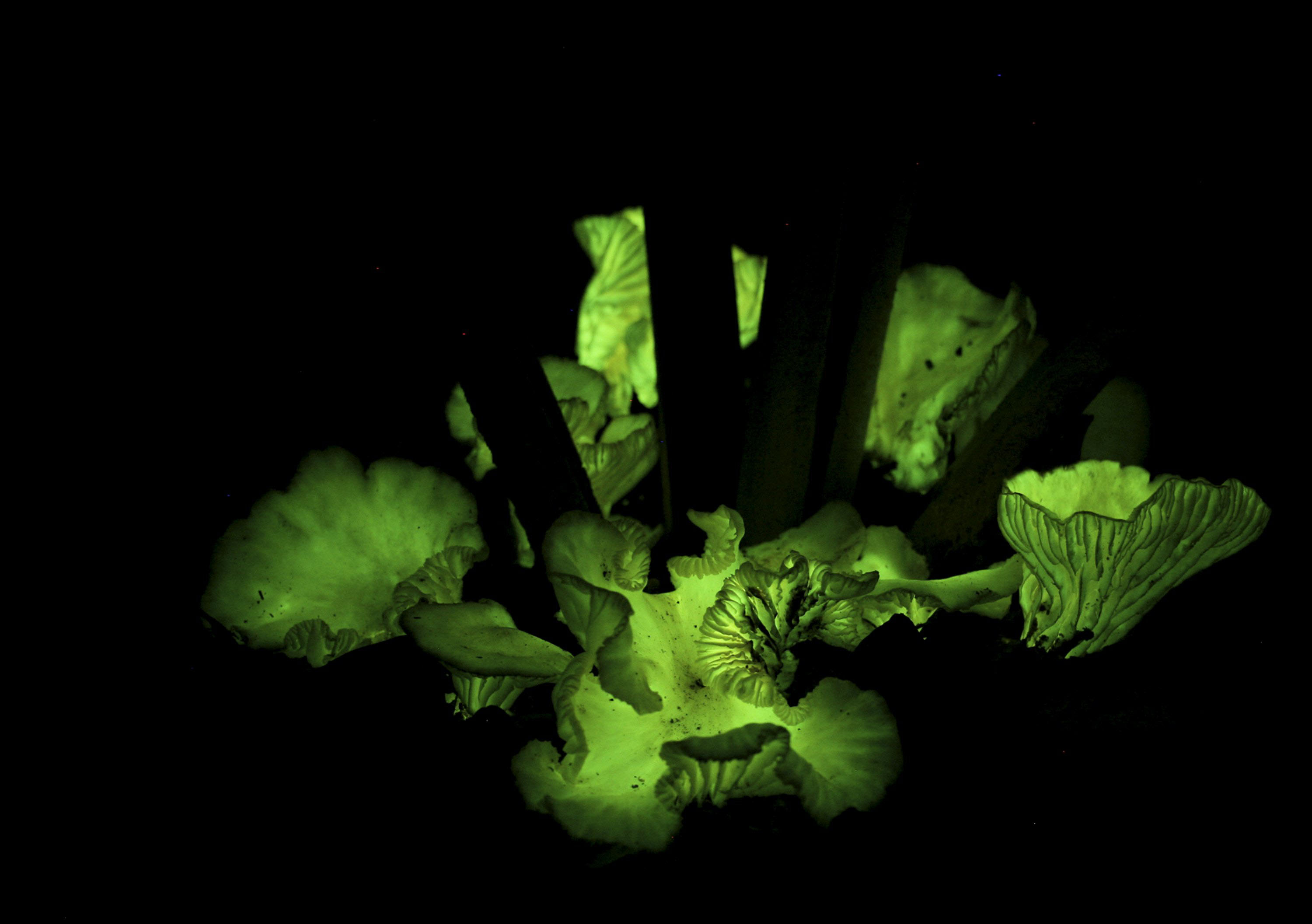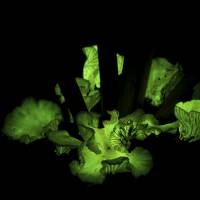If you think you see a glowing mushroom, you might not be having a psychedelic hallucination. Some mushrooms indeed are bioluminescent, including one that sprouts among decaying leaves at the base of young palm trees in Brazilian coconut forests. Scientists have long wondered what possible reason there could be for a fungus to glow. They now have an answer.
Researchers said March 19 that experiments in Brazil involving the big, yellow mushroom called "flor de coco," meaning coconut flower, showed its nighttime bioluminescence attracted insects and other creatures that could later spread its spores around the forest.
Biologist Jay Dunlap of Dartmouth College's Geisel School of Medicine said bioluminescence had independently evolved many times in such diverse life forms as bacteria, fungi, insects and fish. "Most of these make light in their own way, that is, with biochemistry that is unique to each organism," Dunlap said.
Of the 100,000 known fungus species, 71 are said to be bioluminescent.



















With your current subscription plan you can comment on stories. However, before writing your first comment, please create a display name in the Profile section of your subscriber account page.